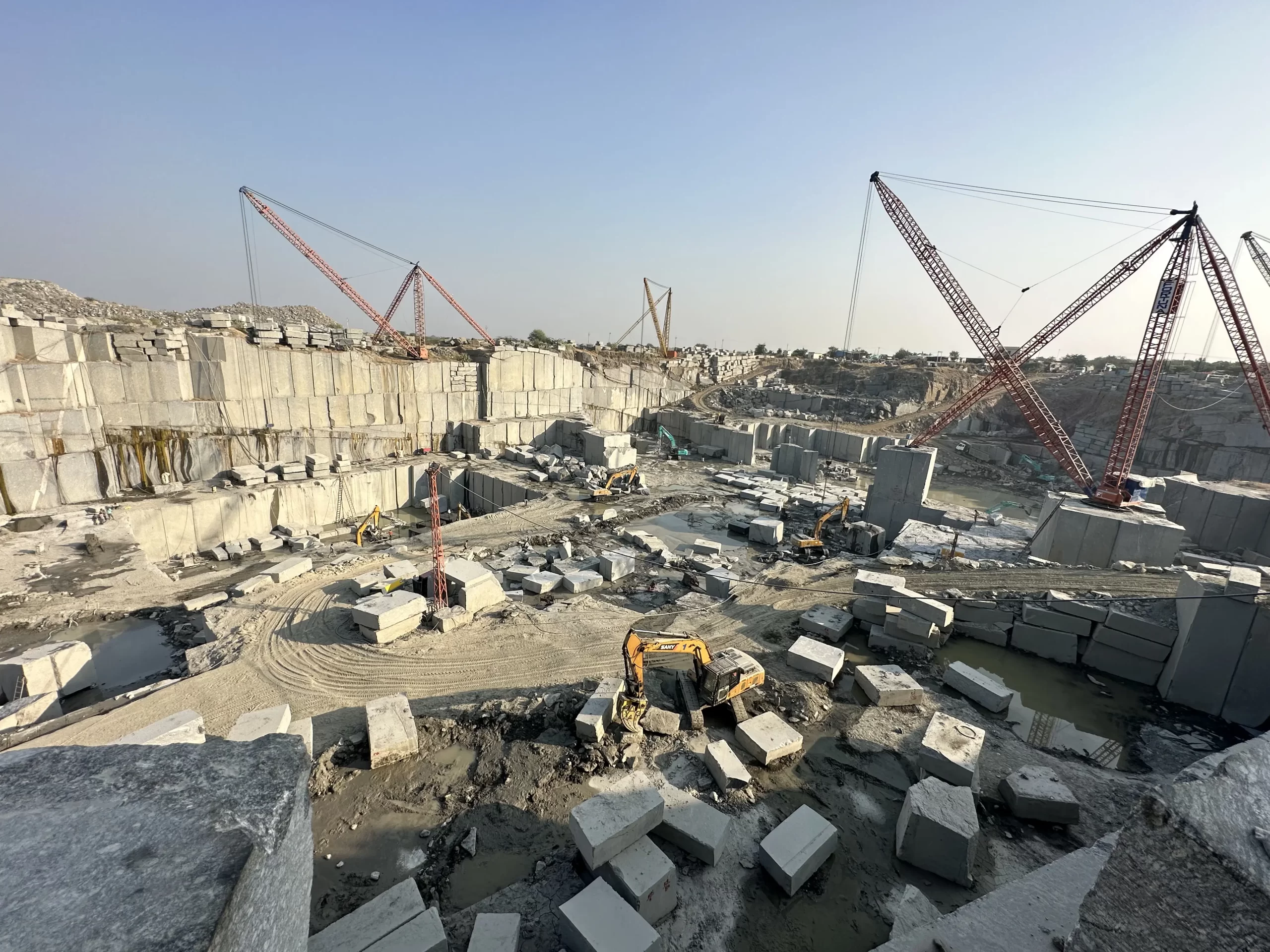Unveiling Granite Quarries in South Africa Heritage: A Journey Through Quarries
Unveiling Granite Quarries in South Africa Heritage: A Journey Through Quarries
Blog Article
Discovering the Rich Background and Sustainable Practices of Granite Quarrying
As we stand on the precipice of discovering the elaborate tapestry of granite quarrying, a trip with time discloses not just the physical act of removing stone however also the social and historic relevance woven into the really fabric of this technique. From the ancient beginnings that laid the structure for contemporary quarrying strategies to the sustainable techniques that are shaping the future of this sector, each sculpt mark on granite surface areas narrates waiting to be discovered (granite quarries in south africa). The heritage of granite quarrying stretches much beyond simple extraction; it is a testimony to human ingenuity, strength, and the enduring appeal of this stunning stone
Old Beginnings of Granite Quarrying
Going back to old civilizations, the practice of quarrying granite has been an indispensable component of human background and building development. The earliest evidence of granite quarrying go back to old Egypt, where large pyramids and elaborate sculptures were crafted from this durable rock. The Egyptians used primitive devices to extract granite blocks from quarries, showcasing the significance of this material in their monumental constructions.
Moving onward in background, the Greeks likewise made considerable payments to the quarrying of granite. The Greeks used granite in various architectural wonders, such as holy places and sculptures, demonstrating their skill in shaping and sculpting this durable rock. The Romans even more fine-tuned the techniques of quarrying granite, utilizing advanced devices like knives and hammers to extract and form granite for their legendary frameworks.
Via the centuries, the method of quarrying granite has developed, with modern technologies boosting performance while keeping the ageless charm of this natural rock - granite quarries in south africa. From old people to contemporary building contractors, the heritage of granite quarrying remains to shape our world
Advancement of Quarrying Strategies
The advancement of quarrying techniques has been marked by a continual development in the direction of higher effectiveness and precision in removing granite. Early quarrying methods entailed hand-operated labor with basic devices such as knives, hammers, and wedges to draw out granite blocks from the planet.
In more recent times, the arrival of machinery revolutionized the quarrying sector, enabling quicker removal rates and boosted performance. Technologies such as diamond cable saws, high-pressure water jets, and pneumatically-driven drills have ended up being standard in contemporary quarries, enabling precise cutting and decreased waste. Advancements in computer-controlled tools and 3D modeling have maximized quarrying operations, leading to very little environmental effect and boosted sustainability methods. As the demand for granite proceeds to climb, the development of quarrying techniques stays essential to conference sector requires effectively and sustainably.
Social Value of Granite
Granite holds an extensive cultural value throughout numerous people because of its long-lasting existence in building work of arts and admired monoliths. From the impressive pyramids of Egypt to the elaborate makings of the Angkor Wat holy place in Cambodia, granite has actually been a material of option for expressing magnificence and longevity in cultural heritage. In ancient Rome, granite columns adorned holy places and public structures, representing stamina and durability. The social significance of browse around here granite extends beyond its physical attributes; it personifies strength, security, and timelessness, making it a symbol of sustaining traditions and practices.

Sustainable Practices in Quarrying
Among the abundant history of granite quarrying and its social relevance lies a growing my company focus on sustainable practices within the industry. As ecological understanding and issues regarding resource exhaustion have heightened globally, the quarrying sector has actually progressively accepted lasting approaches to lessen its influence on the atmosphere and bordering neighborhoods.

Moreover, improvement and rehab of quarry sites post-extraction are indispensable to lasting techniques. By bring back quarried locations to a natural or beneficial state, such as creating wild animals habitats or leisure rooms, quarriers can balance out the environmental impact of their procedures and add positively to the neighborhood environment.
Tradition of Granite Quarrying
With a historic backdrop soaked in workmanship and industrial development, what withstanding impact has granite quarrying left on the landscape of modern-day culture? The tradition of granite quarrying transcends plain removal methods; it has formed architectural marvels, city landscapes, and social heritage worldwide. The resilient nature of granite has actually made it a recommended option for monuments, structures, and facilities, standing as a testament to the ability and creativity of quarry employees throughout generations.
Furthermore, the economic impact of granite quarrying can not be ignored. The industry remains to give employment possibility and drive neighborhood economic situations in regions where granite removal prevails. It has additionally spurred technical improvements in quarrying techniques and tools, resulting in more reliable and sustainable methods.
In regards to sustainability, the legacy of granite quarrying consists of initiatives to reduce ecological impacts with recovery projects and accountable source administration. By stabilizing economic rate of interests with environmental stewardship, the industry aims to make sure that future generations can proceed to gain from this enduring natural deposit.
Verdict

Report this page